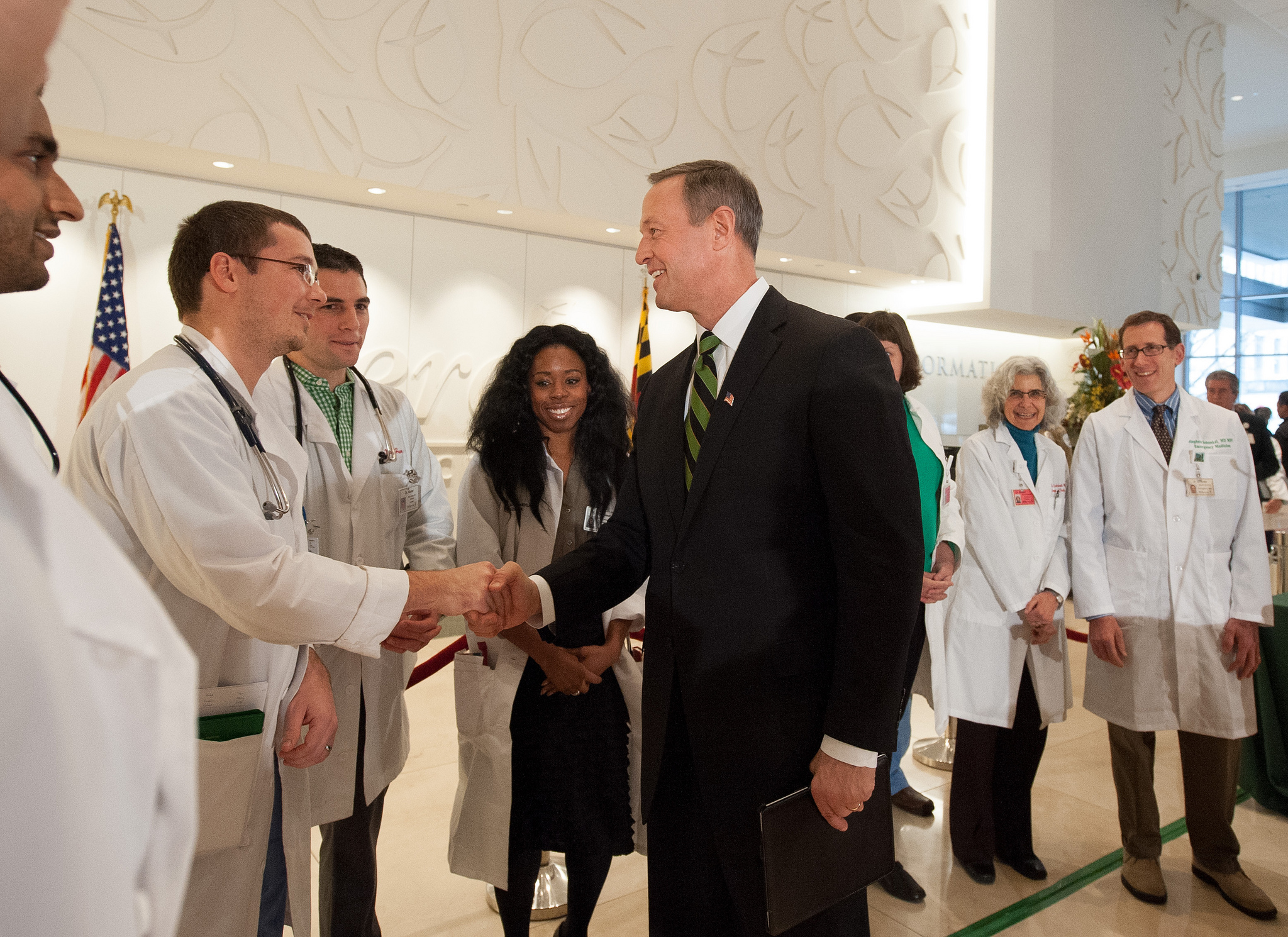A series of briefs by the Texas Medical Students
By: Ammie Rupani and Alwyn Mathew
In 2019, 18% of Texans had no form of health insurance.1 650,000 Texans have lost their health insurance due to unemployment during the pandemic. The rate of uninsured Texans is staggering and has only been worsened by the pandemic. During this critical time, we must talk about Medicaid Expansion and the potential solutions for millions of people with no health insurance. As a medical student, I have seen patients defer life-saving medications such as insulin in order to afford rent or groceries. Consequently, these choices have brought such people to the Emergency Room in diabetic ketoacidosis, which could have been easily avoided with regular insulin treatments. Stories like this are far too common in Texas, and it is important to recognize such outcomes are easily preventable with improved access to health insurance coverage. How can we as students learn to treat people, when the system we are bound to practice in is perpetuating their very diseases?

Medicaid is a health insurance program managed through the Federal Centers for Medicare and Medicaid Services (CMS). Medicaid is currently jointly funded by the Federal and State governments with the Federal government matching each dollar the State spends. Texas Medicaid is primarily a fee-for-service model that has poor reimbursement rates and high administrative burden that discourages physicians from accepting Medicaid in their practice. Currently, Texas Medicaid coverage is only offered to children, pregnant women, seniors, and people with severe disabilities, who also fall below a certain income threshold. For example, a single mother making minimum wage at her full-time job is not eligible for Medicaid because she earns too much. However, she does not qualify for Federal subsidies covering some of the insurance cost because she does not earn enough. The Patient Protection and Affordable Care Act of 2010 would help address this woman’s dilemma since Medicaid Expansion would cover all individuals with incomes up to 138 percent of the Federal Poverty Level, amounting to $16,643 for individuals and $33,948 for a family of four. Medicaid Expansion would provide a health insurance option to an estimated 2.2 million uninsured low-wage Texas adults.2
Although the original arguments against Medicaid Expansion in Texas focused on States’ rights and limiting Federal dependence on funding, the primary opposition to this program was the Federal mandate. In 2012, the US Supreme Court ruled that the Federal government could not mandate the Expansion of Medicaid in any State, leading to Texas and several States opting out of the program. Realizing the benefits and improvement in health outcomes, several States have since adopted the Expansion program offered through CMS, including Arkansas (2014) and Louisiana (2016). Currently, Texas spends nearly $40 billion (State and Federal funds) for the Medicaid program, with a 60-40% distribution between the Federal and State Government respectively.3 Expansion would be fiscally sound for Texas as it will reduce the strain on our State budget and draw in more Federal resources. Looking past the dollar amount, it is crucial that medical students and other healthcare professionals recognize the benefits of improved access and early medical intervention that can be achieved through Medicaid Expansion.3
TMA’s Legislative Recommendations4
- Develop a meaningful, statewide health care coverage initiative using federal dollars to:
- Extend meaningful coverage to low-income uninsured working-age adults, and
- Establish a state-administered reinsurance program to reduce premiums for people enrolled in marketplace
- Provide 12-months’ comprehensive coverage for women who lose Medicaid 60 days
- Establish 12-months’ continuous coverage for children enrolled in Medicaid, the same benefit given to children enrolled in the Children’s Health Insurance Program.
- Accounts TCof P. Uninsured Texans. Retrieved from- https://comptroller.texas.gov/economy/fiscal-notes/2020/oct/uninsured.php
- How Many Uninsured Adults Could Be Reached If All States Expanded Medicaid? – Tables. KFF. https://kff.org/report-section/how-many-uninsured-adults-could-be-reached-if-all-states-expanded-medic aid-tables/. Published June 25, 2020.
- Federal and State share of Medicaid Spending, 2019, Kaiser Family Foundation- retrieved from – https://kff.org/medicaid/state-indicator/federalstate-share-of-spending/?dataView=1¤tTimeframe=0 &sortModel=%7B%22colId%22:%22State%22,%22sort%22:%22desc%22%7D
- Provide Meaningful Health Care Coverage for Uninsured Texans. Texmed. https://texmed.org/Template.aspx?id=55300.
- Status of state medicaid expansion decisions: Interactive Map, 2021. Retrieved from- https://kff.org/medicaid/issue-brief/status-of-state-medicaid-expansion-decisions-interactive-map/


